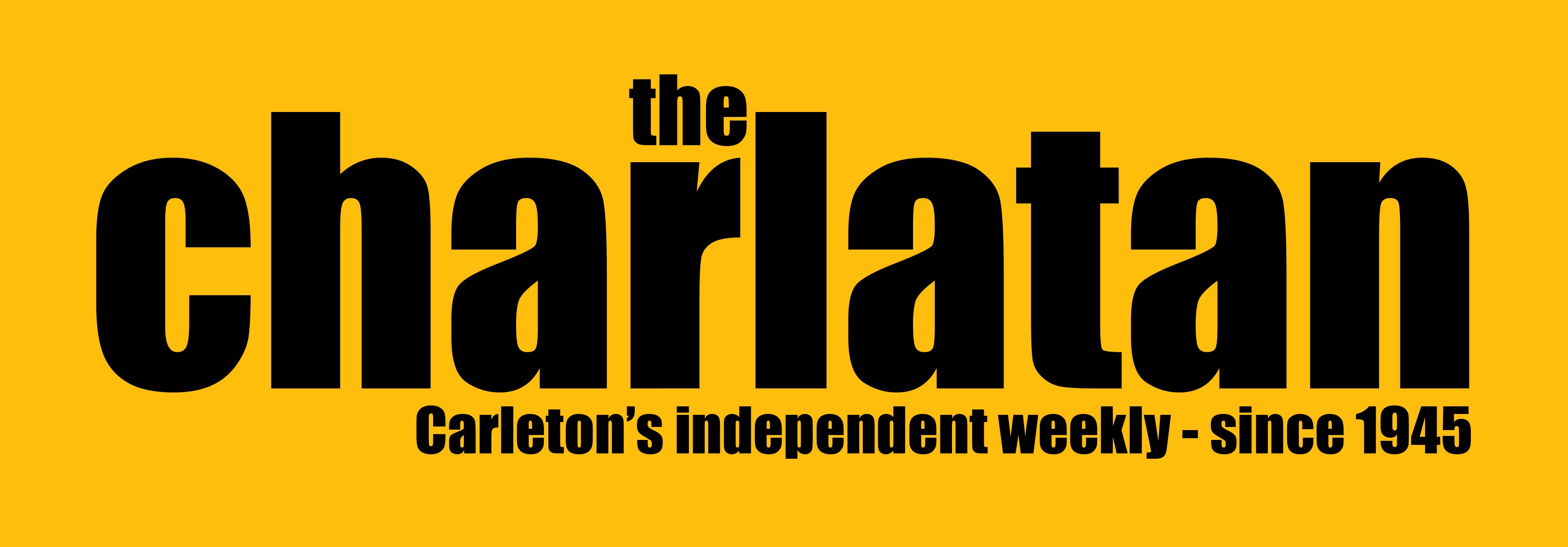On Nov. 14, Carleton installed a naloxone kit in the Residence Commons building as a part of a campus-wide plan to increase harm reduction strategies at Carleton.
Naloxone is a drug which can reverse the effects of an opioid overdose if administered quickly. The kit can be used by anyone, but is alarmed so that Campus Safety and Emergency Medical Services are notified when the kit is opened and can administer more doses if necessary.
While the installation of a naloxone kit is a good thing in itself, it raises the question of why this step was not taken years ago, and why only a single kit was installed.
One dose of naloxone is not always enough to reverse the effects of an overdose. At the moment, residence fellows are not even trained in administering naloxone and do not carry naloxone with them. The lack of action to support the installation of the single kit shows it does more to make the university look good than anything else.
In the event an overdose happens in Residence Commons, it is unlikely that someone trained in administering naloxone would be available to use it. For naloxone to work properly, it must be administered properly. It would be devastating for an untrained student to fail to use it appropriately, leading to serious injury or death.
Campus Safety director Brian Billings told the Charlatan that there is a loose plan to increase the number of naloxone kits on campus in the future. He also said the installation of the kit was “to be proactive,” and is not in reaction to a trend on campus.
However, Carleton neuroscience professor and addiction researcher Dr. Kim Hellemens said safety officials told her they have administered naloxone “a few times” on campus before.
In combination, these facts are concerning. As a university, Carleton is responsible for providing more naloxone training than it currently is. At the moment, the university is failing the student population in this area.
File photo.




